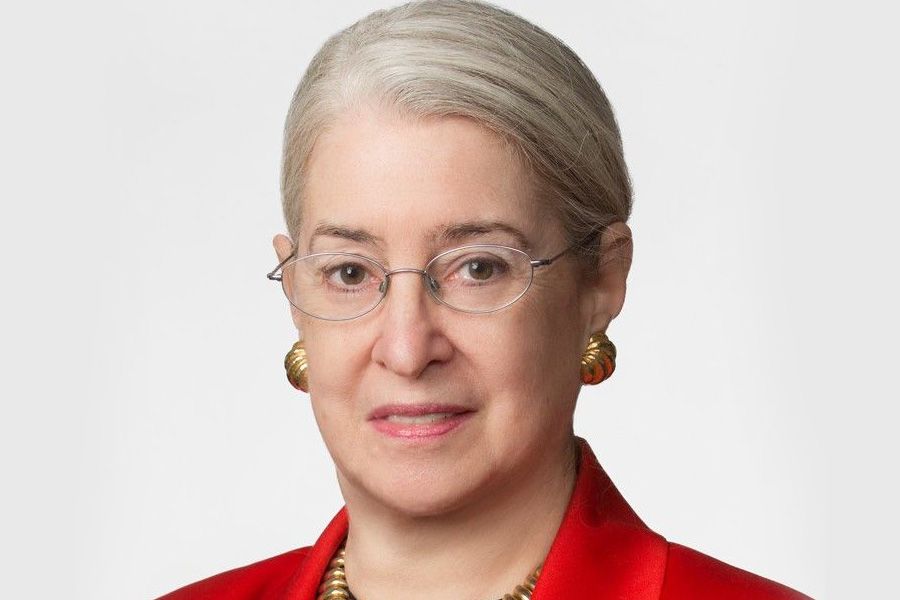“Pivot” – no, this isn’t simply one thing aware of David Schwimmer’s sitcom personality, Ross Geller, within the episode of Pals the place himself, Rachel and Chandler attempt to hoist an excessively huge sofa up a number of flights of stairs.

Again in September 2020, I wrote a function entitled Insurtechs navigating the pandemic amid transferring client behaviour – stick or pivot?
This took a deep dive into how the insurtech sector needed to adapt to stick afloat all through the Covid-19 pandemic and explored what components have been had to make an insurtech pandemic-proof.
Rapid ahead to July and August 2021, alternatively, and insurtechs have been as soon as once more successful – the sphere boasted six unicorn companies with valuations of a minimum of $1bn (£82m) as generation and virtual was a need inside the ‘new commonplace’ of residing with Covid-19 in the United Kingdom.
However this yr, the tale of insurtechs’ good fortune has shifted once more – each Zego and Lemonade have issued team of workers cuts this summer time, for instance.
The perception of pivoting trade operations has additionally resurfaced following opposite public sale market Honcho transferring into B2B embedded automobile insurance coverage in July 2022, due to this fact shifting clear of its authentic direct to client style.
The insurtech’s leader govt, Gavin Sewell, advised me that this pivot “would be the essence of the brand new lifetime of Honcho”.
Backing a ‘speculative wager’
This week, I spoke to Andrew Johnston, Gallagher Re’s international head of insurtech, following the e-newsletter of the reinsurance dealer’s International insurtech document in August 2022.
The document published that UK-based insurtechs noticed international funding offers build up between Q1 and Q2 2022, emerging 4 proportion issues to constitute 12.1% of globally offers by means of the top of 2022’s 2nd quarter. Total, 16 insurtech funding offers have been finished in the United Kingdom in Q2 2022, elevating $202m (£165m).
Johnston advised me there “appears to be a wholesome stage of conservatism entering the funding panorama of insurtech this present day”, with international funding within the insurtech sector making improvements to by means of 8.3% between Q1 and Q2 this yr.
Regardless of this, Johnston added that deal go with the flow was once down in comparison to the similar reporting length in 2021 and that “early degree investment have been slashed in part”.

He defined that early degree traders are most often “much less affiliated with the insurance coverage trade”, which means they may well be much less assured about deciding on successful companies to again and funding could also be extra of a “speculative wager” – even supposing there’s undoubtedly “no scarcity of capital for the correct of gray subject”.
The “knock-on impact” of this, alternatively, is that ”it’s much less transparent when the following spherical of investment may well be” for those early degree corporations, Johnston persevered.
Subsequently, ”insurtechs that experience raised cash want to stay cling of that cash”, whilst others are ”reassessing their projected enlargement goals”, he added.
It’s this investment uncertainty that has contributed to the raft of insurtech group of workers lay-offs, Johnston famous.
Zego, for instance, has lower 17% of its team of workers, whilst Lemonade has laid off 20% of Metromile’s workers after it purchased the trade in July 2022.
’Sticking to their knitting’
This modification in funding urge for food paired with the present financial local weather implies that insurtechs are ”actually sticking to their knitting”. US-based insurtechs, for instance, have scale back ambitions to increase throughout all 50 states or write more than one categories of commercial.
Johnston defined: “A large number of insurtechs are actually having to take into consideration such things as income and profitability in some way that they by no means needed to write as a result of, prior to now, there have been traders that have been propping up their losses.”
Which means that insurtechs now “have were given to rise up on their very own two toes” in the event that they need to live on.
“Traditionally, traders have actually struggled to price the price of insurtechs as it’s very onerous to have function benchmarking. But in addition, you’ll be able to’t essentially take anyone’s stability sheet or income severely as a result of they may not have any [due to] being an early degree corporate,” Johnston persevered.
He famous that previously, insurtechs used to rent a number of senior team of workers to boost their profile – he deemed this as “peacocking” for the following investor.
Johnston thinks the insurance coverage trade is “now having to seek out differently to take a look at and worth insurtechs as a result of if insurtechs aren’t ready to take the bets to rent those that get started off for example, then what will we measure worth on?”
Personally, the insurtech panorama is converting and most effective the ones with pandemic-proof trade fashions will live on. Then again, the sphere has at all times been agile – extra so than incumbents – and I consider that the majority companies are succesful, if want be.
Supply Via https://www.insurancetimes.co.united kingdom/news-analysis/briefing-insurtechs-stick-or-pivot-culture-could-return-for-a-post-pandemic-sequel/1442072.article

